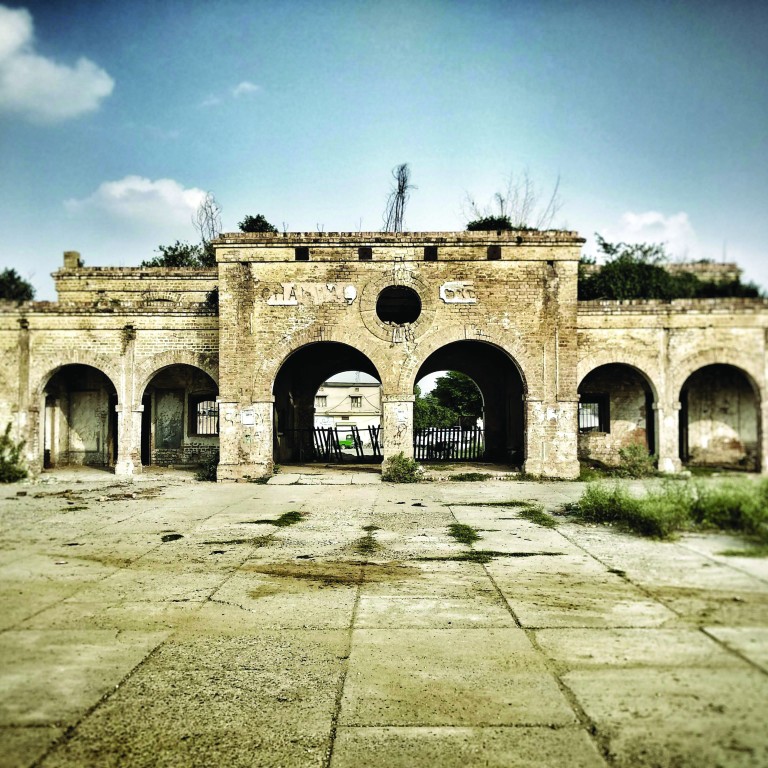
From war to dying industries, abandoned train stations have stories as varied as the structures themselves
- From the US to Australia and Singapore to Pakistan, abandoned train stations provide atmospheric windows to the past, and evoke ‘pride in the railway heritage’
- Whether ravaged by war or no longer needed because of industrial decline, there are many different reasons railway stations become abandoned
There’s something captivating about abandoned spaces, especially abandoned railway stations. Constant movement has been replaced by an eerie stillness; a portal to elsewhere has become a window into the past.
“Abandoned stations are quite a strong topic among railway-minded people,” says David Ross, author of several books on railways. “It’s digging back into a past that is very interesting, full of mechanical things that aren’t used any more.”
Ross’ latest effort is Abandoned Train Stations, a photo book with more than 200 compelling images of abandoned stations around the world. Ross researched the stations to find out why they were abandoned and what they were like when they were in service.

“When I was a small boy in primary school, in a small village, my best friend was the son of the local stationmaster. We had the run of the station together,” he says.
But it was Thingyan, a water festival held in honour of the Burmese new year, “so the tracks were lined with small boys tossing water wherever they saw an open window. Others were running along the roof of the carriage – you could hear their feet.
“I got a face full of water when I tried to shut the window.”


“There are stations in Croatia, like Vukovar, which were shattered by fighting in the 1990s. People were killed there. Trains still run past, but the station has been left as a ruin.”
The stories of why stations were abandoned are as varied as the structures themselves. “There was a time when every village in the UK had its train station,” says Ross. “Then these stations were less and less used because of the rise of the bus and the motor car and so on.
“While the actual railway lines from city to city retained their viability, these intermediary stations were seen as unnecessary stops that slowed the train down.”

“There’s quite a great pride in the railway heritage,” he says.
There is still a lot of that heritage to explore. Ross says “there’s a very good likelihood” of a sequel. When it comes to abandoned spaces, it seems, there’s always more to explore.

